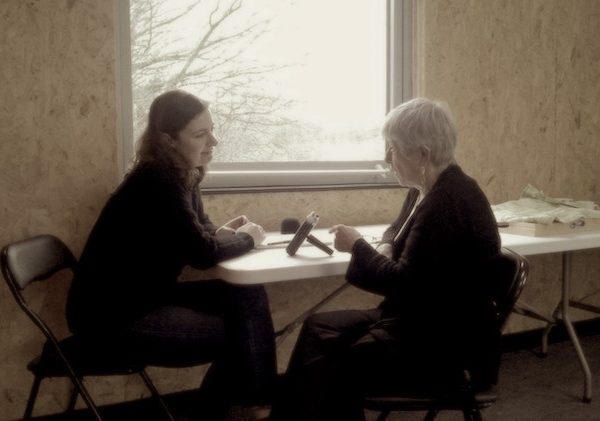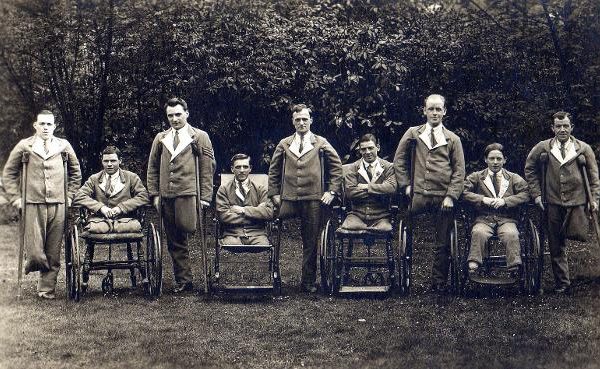Are We Keeping Physical Therapy White?
Medicine has often been framed as the “ideal” profession, leading other health fields to emulate it when pursuing their own …

Last week we finally got the chance to talk to Barbara Richardson about the Chartered Society of Physiotherapy’s Oral History Project that she led. You can find more information on the project here. The audio quality of the Skype call was a little patchy, but in this interview, we talk …

This podcast is a different way of keeping up to date with the goings-on with the IPHA. If you prefer the whole-group online meetings, please let us know. We’re hoping these give you all the information you need, in a small parcel of jolliness.

On the eve of the 100th year anniversary of the Armistice following the First World War, it is timely to reflect on how this tragedy provided the opportunity for a fledgling physiotherapy profession to establish its place in modern healthcare. The war produced injured men on an unprecedented scale …

In 1916, the Photographic Division of the Army in the French Ministry of War published collections of photographs documenting aspects of French involvement in World War I. The collections were grouped by theme and published in 20 separate instalments (fascicles), which in turn were published in two larger volumes. The …

One of the main functions of the IPHA is to be a conduit or link to the various physiotherapy history projects, writings, presentations and events going on around the world. To that end, we’re very pleased to be able to point readers to some resources produced by Barbara Richardson and …

Hilda Harris commenced as a first-year student at the University of Sydney in 1916. She joined fifty-one students in that year. During the First World War the then Australasian Massage Association, (the association that later and appropriately changed its name to the Australian Physiotherapy Association), with the Universities of Melbourne, …

In 1976 the Australian Journal of Physiotherapy published an article by Prue Galley titled ‘Patient referral and the physiotherapist’. This article was a synthesis of the debates and arguments about whether Australian physiotherapists were ready to act as primary contact professionals. Galley asked: Have we as physiotherapists, the knowledge, the …

Last week I spoke with Patricia Grohne about some of the work she has been doing with her colleagues to record and celebrate the history of physiotherapy in British Colombia, Canada. As well as this brief audio interview, Patricia has provided a brief ‘Story of the Physiotherapy History of British …

We heard last week of the recent death of Brian Davey. I had the good fortune to interview Brian as part of the centenary celebrations for New Zealand physiotherapists in 2013, and it was only here that I got to understand the full breadth of his work and his service …